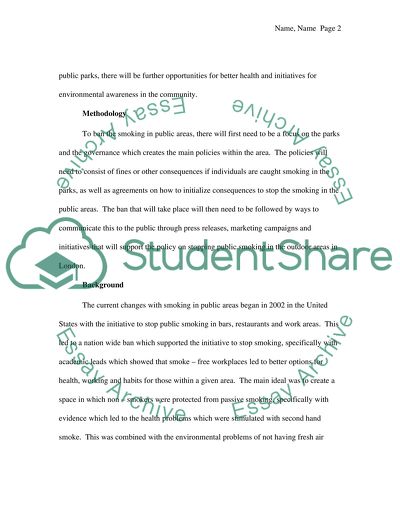Cite this document
(“Smoking ban in London Parks Coursework Example | Topics and Well Written Essays - 3000 words”, n.d.)
Retrieved from https://studentshare.org/finance-accounting/1414597-smoking-ban-in-london-parks
Retrieved from https://studentshare.org/finance-accounting/1414597-smoking-ban-in-london-parks
(Smoking Ban in London Parks Coursework Example | Topics and Well Written Essays - 3000 Words)
https://studentshare.org/finance-accounting/1414597-smoking-ban-in-london-parks.
https://studentshare.org/finance-accounting/1414597-smoking-ban-in-london-parks.
“Smoking Ban in London Parks Coursework Example | Topics and Well Written Essays - 3000 Words”, n.d. https://studentshare.org/finance-accounting/1414597-smoking-ban-in-london-parks.


